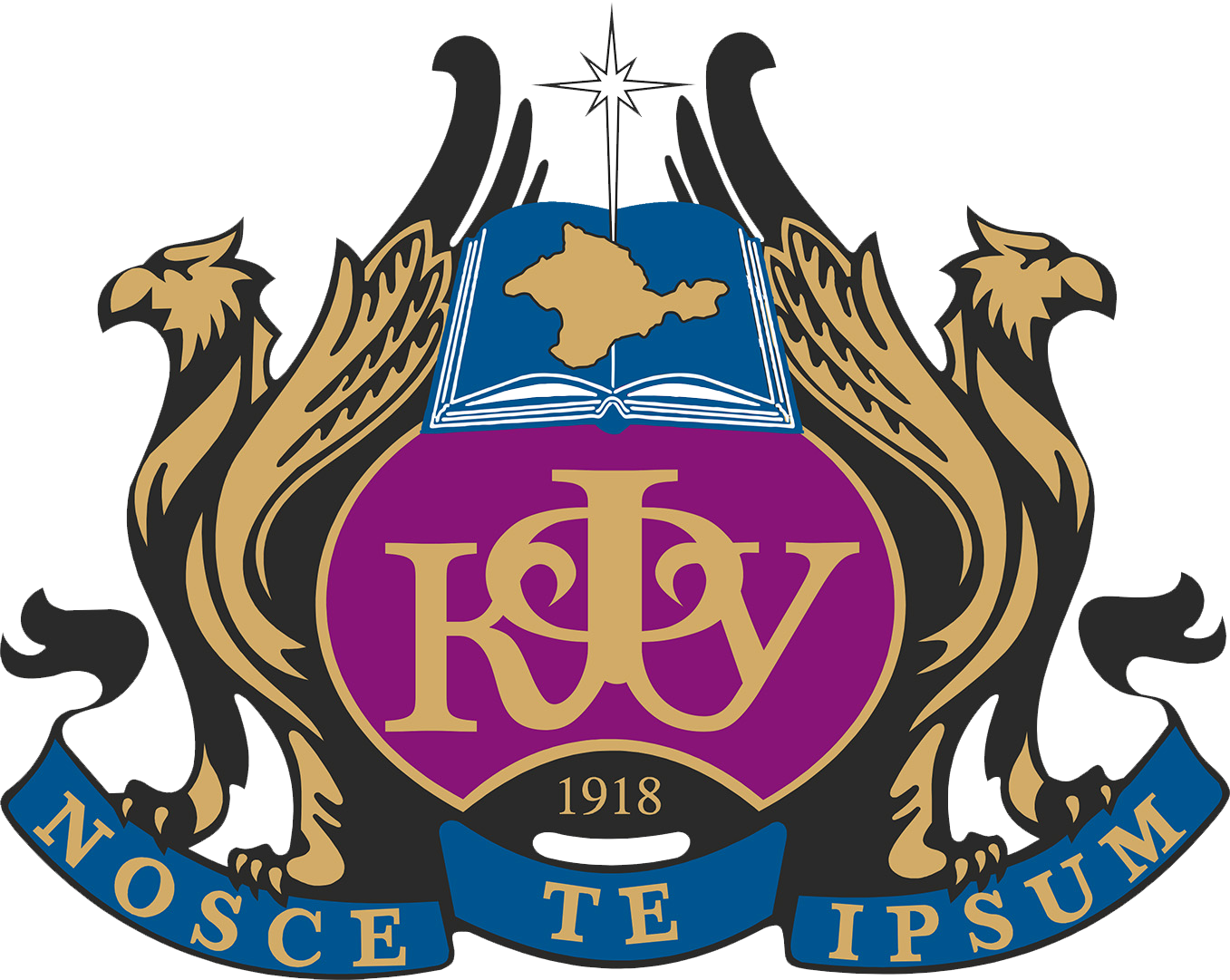Sosnowsky’s hogweed (Heracleum sosnowskyi) presents a considerable ecological threat due to its elevated concentration of toxic compounds, particularly furanocoumarins. These compounds heighten human sensitivity to ultraviolet (UV) radiation, resulting in burns and systemic allergic reactions. Additionally, they disrupt mitotic activity in cells and exhibit mutagenic properties. Furthermore, furanocoumarins may exacerbate the toxic effects of harmful chemical substances in industrially developed areas, owing to their capacity stimulate free radical oxidation (SRO) processes. The authors studied the places with the greatest accumulation of Sosnowsky’s hogweed thickets in Murmansk, Monchegorsk, Kirovsk and Kandalaksha to assess its potential threat in the central settlements of the Murmansk region, which exhibit varying levels of pollution from industrial waste while maintaining similar levels of pollution from exhaust emissions of major roadways. The areas of thickets and their distance to the most polluted intersections of highways and main industrial enterprises were determined. According to N. P. Krenke theory of cyclic aging of plants, variability of leaf shape and density of Sosnowsky’s hogweed thickets clearly indicate an acceleration of aging processes. This finding suggests that the synergistic effects of Heracleum sosnowskyi toxicity are more closely related to the interaction of its volatile metabolites with industrial emissions than with the exhaust gases from motor vehicles. A morphological analysis of Sosnowsky’s hogweed in proximity to industrial enterprises will facilitate a more comprehensive assessment of the ecological conditions in industrial cities within the Polar Region.
Sosnovsky’s hogweed, furanocoumarins, toxicity, SRO, anthropogenic pollution, complex action, morphotype, physiological age, clustering, allelopathic effect, assessment, monitoring.
1. Andreeva L. V. Toksicheskie i poleznye veschestva borschevika Sosnovskogo // Sovremennye tendencii v nauchnom i kadrovom obespechenii APK. ‒ Velikiy Novgorod, 2020. ‒ S. 324–327.
2. Belisheva N. K. Integral'nye effekty vozdeystviya vysokoshirotnyh geofizicheskih agentov i lokal'noy kontaminacii sredy na organizm cheloveka v usloviyah Arktiki // ACTA NATURAE Specvypusk:
3. Bogdanov V. L., Nikolaev R. V., Shmeleva I. V. Biologicheskoe zagryaznenie territorii ekologicheski opasnym rasteniem borschevikom Sosnovskogo // Fundamental'nye medikobiologicheskie nauki
4. Vishnyakova S. V., Zhukova M. V. Lekarstvennye i efiromaslichnye rasteniya. – Ekaterinburg: UGLTU, 2010. – 41 s.
5. Vladimirov Yu. A., Archakov A. I. Perekisnoe okislenie lipidov v biologicheskih membranah. ‒ M.: Nauka, 1972. ‒ 273 s.
6. Gel'tman D. V. Sostav i ekologo-fitocenoticheskie osobennosti soobschestv s uchastiem invazionnogo vida Heracleum sosnowskyi (Apiaceae) na severo-zapade Evropeyskoy Rossii
7. Dal'ke I. V., Chadin I. F. Metodicheskie rekomendacii po bor'be s nekontroliruemym rasprostraneniem rasteniy borschevika Sosnovskogo. ‒ Syktyvkar, 2008. ‒ 28 s.
8. Dorofeeva M. M., Boneckaya S. A. Sravnitel'nyy analiz nekotoryh klassicheskih i sovremennyh metodik opredeleniya ploschadi listovoy poverhnosti // Rastitel'nye resursy. ‒ 2020. ‒ T. 56, vyp. 2.
9. Zhirov V. K., Golubeva E. I., Govorova A. F., Haitbaev A. H. Strukturno-funkcional'nye izmeneniya rastitel'nosti v usloviyah tehnogennogo zagryazneniya na Kraynem Severe. ‒ M.: Nauka, 2007.
10. Zhirov V. K., Gontar' O. B., Megorskiy V. V. Sistemnye adaptacii rasteniy i landshaftnaya terapiya v usloviyah severa. – Apatity: FIC KNC RAN, 2024. – 142 s. (v pechati).
11. Zhurba O. V., Dmitriev M. Ya. Lekarstvennye, yadovitye i vrednye rasteniya. – M.: Kolos, 2008. – 512 s.
12. Korovkin O. A. O strukturno-funkcional'noy specifike stolona // Izvestiya TSHA, 2013. ‒ Vyp. 3. ‒ S. 47–51.
13. Krenke N. P. Teoriya ciklicheskogo stareniya i omolozheniya rasteniy i prakticheskoe ee primenenie. ‒ M.: «Sel'hozgiz», 1940. – 135 s.
14. Laman N. A., Kopylova N. A. Biohimicheskiy sostav furanokumarinov, nakaplivayuschihsya v efiromaslichnyh kanal'cah merikarpiev borschevika Sosnovskogo (Heracleum sosnowskyi Manden)
15. Luneva N. N. Borschevik Sosnovskiy v Rossii: sovremennoe sostoyanie i aktual'nost' ego rannego podavleniya // Vestnik zaschity rasteniy. ‒ 2013. ‒ C. 29–43.
16. Men'shakova M. Yu., Hruscheva V. V. Izuchenie allelopaticheskoy aktivnosti krupnyh borschevikov v Murmanskoy oblasti v vodnyh vytyazhkah // Estestvennye nauki. ‒ 2013. ‒ № 4. ‒ C. 27–31.
17. Mishina M. Yu., Prohorov V. N., Rosolenko S. I., Timofeeva I. V. Allelopaticheskoe vliyanie semyan borschevika Sosnovskogo (Heracleum sosnowskyi Manden)
18. Pesnya D. S., Serov D. A., Vakorin S. A., Prohorova I. M. Issledovanie toksicheskogo, mitozmodificiruyuschego i mutagennogo deystviya borschevika Sosnovskogo
19. Prayor U. Rol' svobodnoradikal'nyh reakciy v biologicheskih sistemah // Svobodnye radikaly v biologii. ‒ M.: Mir, 1979. ‒ T 1. ‒ S. 13–67.
20. Sacyperova I. F. Borscheviki flory SSSR – novye kormovye rasteniya: perspektivy ispol'zovaniya v narodnom hozyaystve. ‒ L.: Nauka, 1984. ‒ 218 s.
21. Simonov G. A., Nikul'nikov V. S., Zoteev V. S. Borschevik Sosnovskogo – zlostnyy zasoritel' poley // Uchenye zapiski Orlovskogo gosudarstvennogo universiteta.
22. Federal'noe gosudarstvennoe byudzhetnoe uchrezhdenie «Murmanskoe upravlenie po gidrometeorologii i monitoringu okruzhayuschey sredy» [Elektronnyy resurs].
23. Shreter A. I., Trofimova I. A., Rudenskaya R. N. Biologicheski aktivnye veschestva rastitel'nogo proishozhdeniya. ‒ M: Nauka, 2002. ‒ 430 s.





